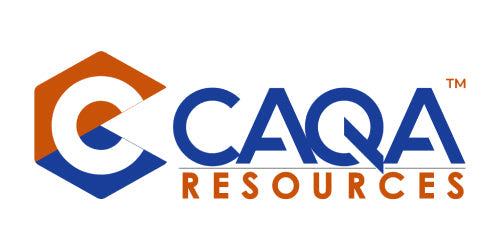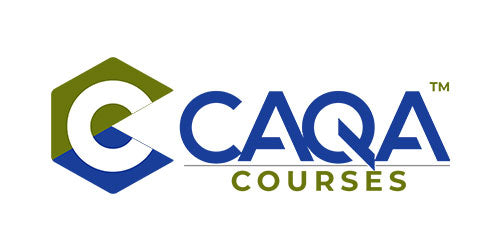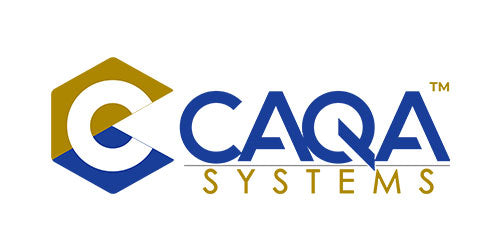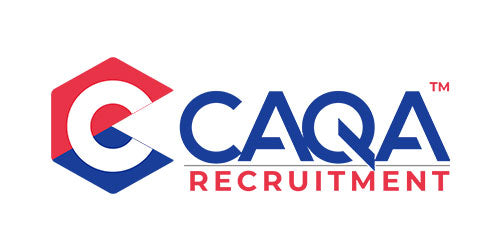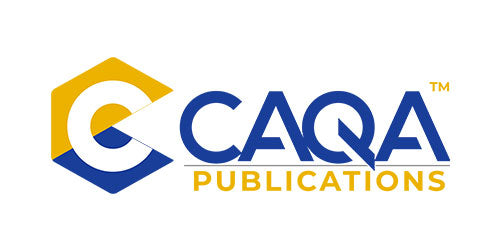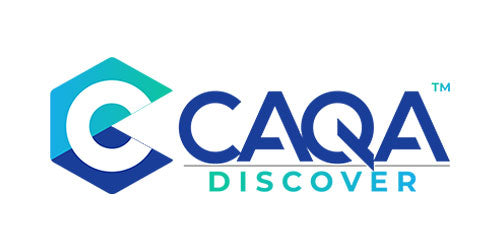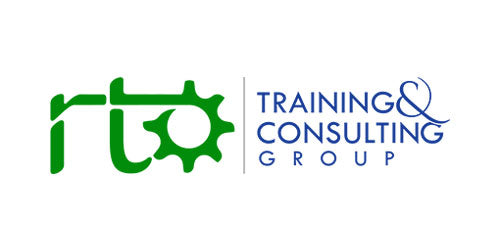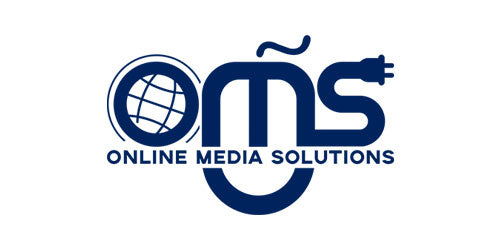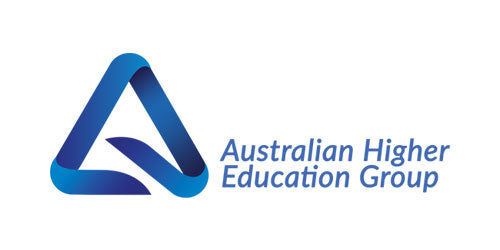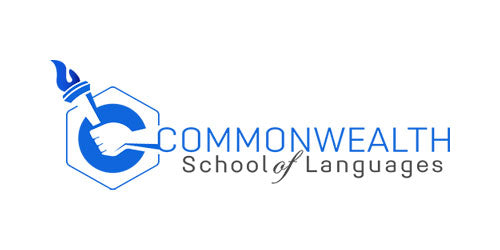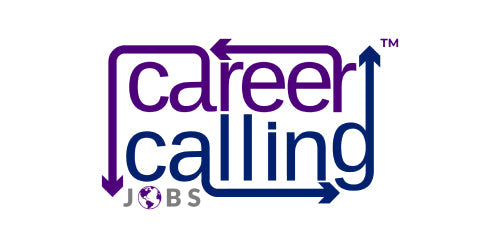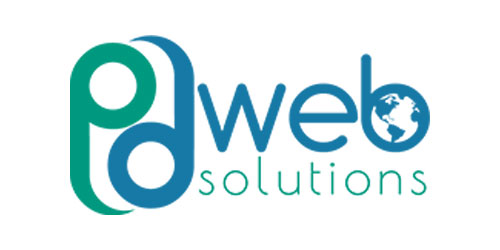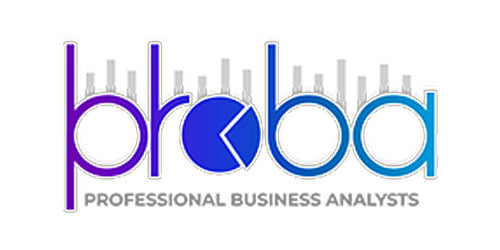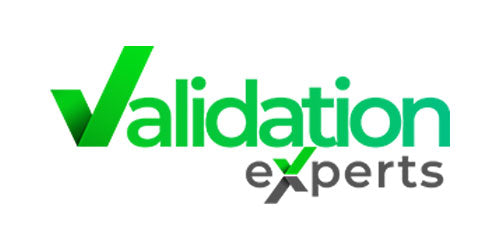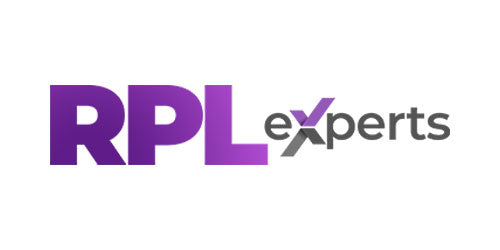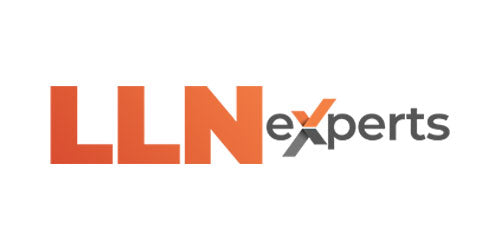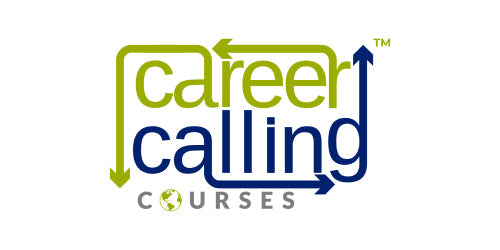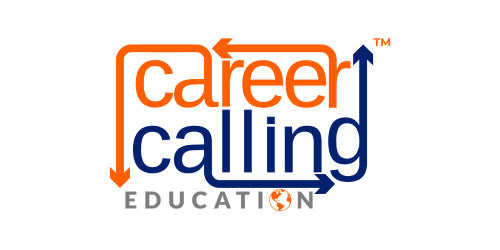Workplace assessment is a vital component of Vocational Education and Training (VET), providing learners with opportunities to demonstrate their competencies in real-world settings. These assessments ensure that learners are not only knowledgeable but also capable of applying their skills effectively in actual work environments. This article explores strategies to ensure effective workplace assessment, focusing on aligning expectations, ensuring real-world relevance, and maintaining continuous engagement with industry stakeholders.
Aligning Expectations: Clear Communication and Agreements
Strategy: Ensure all parties involved in workplace assessment—employers, assessors, workplace supervisors, and learners—understand their roles and responsibilities.
Implementation:
Partnership Agreements: Develop formal agreements that clearly outline the roles and responsibilities of each party involved in the workplace assessment process. This ensures that everyone understands their commitments and expectations from the beginning.
Orientation Sessions: Conduct comprehensive orientation sessions to explain the assessment process, criteria, and expectations. These sessions should include all stakeholders to ensure that everyone is on the same page and aware of their roles.
Regular Check-ins: Schedule regular meetings and check-ins to discuss progress, address any issues, and ensure that the assessment process remains aligned with the agreed-upon expectations. This helps in maintaining open lines of communication and quickly resolving any concerns.
Case Study:
A nursing college partnered with several hospitals to facilitate workplace assessments for their students. They developed detailed partnership agreements specifying the responsibilities of the college, the hospital, and the students. Orientation sessions were held at the beginning of each placement, involving representatives from the college, hospital supervisors, and the students. Regular check-ins were scheduled bi-weekly to monitor progress and address any issues promptly. This approach ensured smooth communication and alignment throughout the assessment process.
Real-World Relevance: Practical and Authentic Assessments
Strategy: Design assessments that reflect real-world tasks and scenarios relevant to the industry.
Implementation:
Task Analysis: Conduct a thorough analysis of the job tasks associated with the learners' intended professions. Align the assessments with these tasks to ensure they are relevant and practical.
Simulations: For complex or high-risk tasks that may not be feasible to assess in the actual workplace, use simulations to create controlled environments where learners can demonstrate their skills safely.
Workplace Projects: Assign projects that require learners to apply their knowledge and skills in real-world contexts. These projects should be designed to solve actual problems or complete tasks that are common in their industry.
Case Study:
A construction training centre designed its workplace assessments to mirror the tasks performed on a construction site closely. Through detailed task analysis, they aligned their assessments with industry standards. For high-risk tasks like operating heavy machinery, simulations were used to ensure safety while assessing competence. Additionally, learners were assigned projects such as planning and executing a small construction project, which required them to apply their skills in real-world contexts and provided a comprehensive assessment of their abilities.
Continuous Engagement: Building Strong Relationships with Industry
Strategy: Maintain strong relationships with industry stakeholders to ensure assessments remain relevant and current.
Implementation:
Industry Advisory Boards: Establish advisory boards comprising industry representatives who can provide insights and feedback on the relevance and effectiveness of assessment practices. These boards help ensure that the training and assessments meet current industry standards and requirements.
Regular Consultations: Conduct regular consultations with industry partners to gather feedback on assessment practices. These consultations help identify any gaps or areas for improvement and ensure that the assessments stay updated with industry trends and needs.
Industry Placements: Facilitate industry placements to provide learners with real-world experience and assessment opportunities. These placements allow learners to demonstrate their competencies in actual work environments and gain valuable industry insights.
Case Study:
An IT training institute offering a diploma in cybersecurity established an industry advisory board with representatives from leading tech companies. The board met quarterly to review the assessment practices and provide feedback. Regular consultations with these industry partners ensured that the assessments remained aligned with the latest industry trends and technologies. The institute also facilitated industry placements for their students, where learners could apply their skills in real-world scenarios and receive feedback from industry professionals. This continuous engagement with the industry helped maintain the relevance and effectiveness of their assessments.
Conclusion
Workplace assessments are crucial in VET as they bridge the gap between theoretical knowledge and practical application. By aligning expectations through clear communication and agreements, designing assessments that reflect real-world tasks, and maintaining continuous engagement with industry stakeholders, VET providers can ensure that their assessments are effective and relevant. These strategies not only enhance the learning experience for students but also ensure that they are well-prepared to meet the demands of their chosen professions. Through effective workplace assessments, VET programs can produce competent and job-ready graduates who can contribute meaningfully to their industries.






